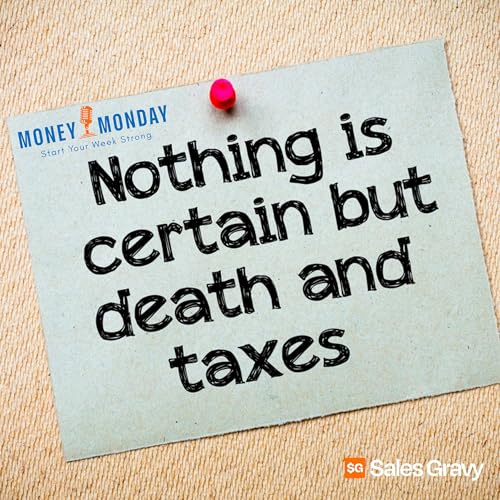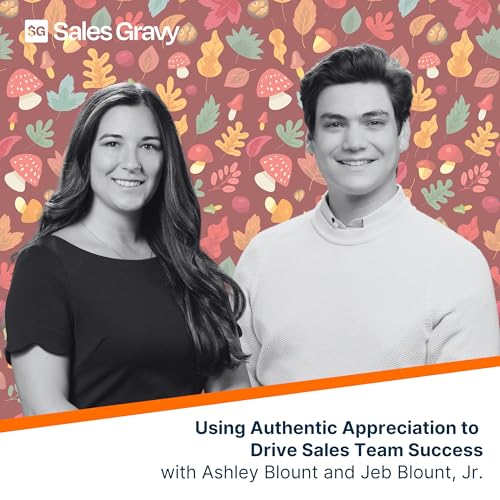What Does a Perfect Bowling Game Have in Common With Top-Performing Sales Reps? Walk into a bowling alley on a Friday night, and you’ll see a scene that looks like pure recreation. The crash of pins, the rumble of conversation, the squeak of shoes on the approach. But beneath all that noise is something far more serious: discipline, repetition, emotional control, and the relentless pursuit of mastery. That’s the real game. And it’s the exact game top performers play in sales. Selling rewards consistency, mental toughness, and the willingness to execute the fundamentals long after everyone else has checked out. When you break the sport of bowling down frame by frame, it mirrors what we teach every day at Sales Gravy. Fanatical Prospecting. Emotional control. Owning your process. Staying steady under pressure. Winning one shot at a time. Each frame reveals a truth about the way elite sellers think and operate. Frame 1: The Approach — Fanatical Prospecting In bowling, the shot starts before the ball ever moves. The routine is deliberate: same steps, same breath, same commitment. That’s where consistency begins. In sales, your approach is prospecting. It’s the moment you decide whether you’re a professional or a hobbyist. Pros don’t wait for a pipeline crisis. They build a non-negotiable daily rhythm of fanatical prospecting, exactly the way Jeb teaches it. “One more call. One more conversation. One more connection.” That mindset is your approach. That’s the discipline that separates a bowler stepping onto the lane with purpose from the one sitting at the bar making excuses. You pick a target, commit, and move. Frame 2: The Lane — Owning Your Sales Process A lane looks the same every time, but it rarely plays the same. Oil patterns shift. Friction changes. Conditions evolve. Your sales process is no different. You can’t control a buyer’s internal politics or shifting priorities, but you can control how you move through your process. You can control your cadence, your discovery, your follow-up, and your commitment to advancing every opportunity with intention. Average sellers blame the lane. Pros read it. They ask better questions. They recognize where deals stall. They adjust without abandoning the fundamentals. The arrows exist to guide the ball; your process exists to guide you. Ignore it, and you drift straight into the gutter. Frame 3: The Ball — Your Message and the Triangle of Trust A bowler’s ball is drilled to fit their hand, weighted for their style, and chosen for the conditions. Your ball is your message—your story, your questions, your ability to connect what you sell to what the buyer actually cares about. When you balance logic, emotion, and values, the ball rolls true. Most sellers throw the same generic pitch at every buyer. Pros tune their message. They refine their openings. They speak the buyer’s language. Hit with too much emotion and no substance, you lose credibility. Hit with pure logic and no emotional relevance, you miss the pocket of influence. The goal is simple: strike emotion first, let logic clean up the rest. Frame 4: The Pins — Prospects, Objections, and Physics Pins obey physics. They aren’t out to get you. Prospects are the same. Some fall quickly. Some require finesse. Some need a second shot. This is where many sellers unravel emotionally. They take objections personally. They turn one “no” into a story about themselves. Objections aren’t judgment. They’re feedback. “We’re happy with our current vendor.” “Call me next quarter.” Objections are indicators, and tell you where your angle is off. Pros adjust. Ask a different question. Reframe the problem. Bring a story that hits harder. Then take another shot. The frame isn’t over until you quit. Frame 5: The Shoes — Mindset and Emotional Control No one bowls in street shoes. You’ll slip, lose balance, and go down hard. Your mindset is your pair of bowling shoes. Without emotional control, every call feels unstable. Every objection knocks you off center. Every tough moment spirals. Pros prepare their mind before they prepare their day. They visualize tough conversations. They decide how they’ll respond to setbacks before they happen. They choose composure over reaction. A confident mind produces a confident delivery. Buyers feel both. Frame 6: The Equipment — Tech as an Amplifier, Not a Crutch Pros carry multiple balls, tape, tools—gear that helps them adjust and stay consistent. None of it bowls for them. Sales is full of tools too: CRMs, AI, sequencing engines, dialers. But tools only multiply effort. They never replace it. Weak sellers hide behind technology. Pros use it to increase conversations and stay organized. Tools help you understand the “oil pattern” of your territory. But at the end of the day, it’s still you, a buyer, and a conversation. No technology closes deals for you. Frame 7: The Team — Culture and Accountability Bowling looks ...
Show more
Show less
 Dec 14 202510 mins
Dec 14 202510 mins 37 mins
37 mins 14 mins
14 mins 16 mins
16 mins 26 mins
26 mins 14 mins
14 mins 13 mins
13 mins 35 mins
35 mins
